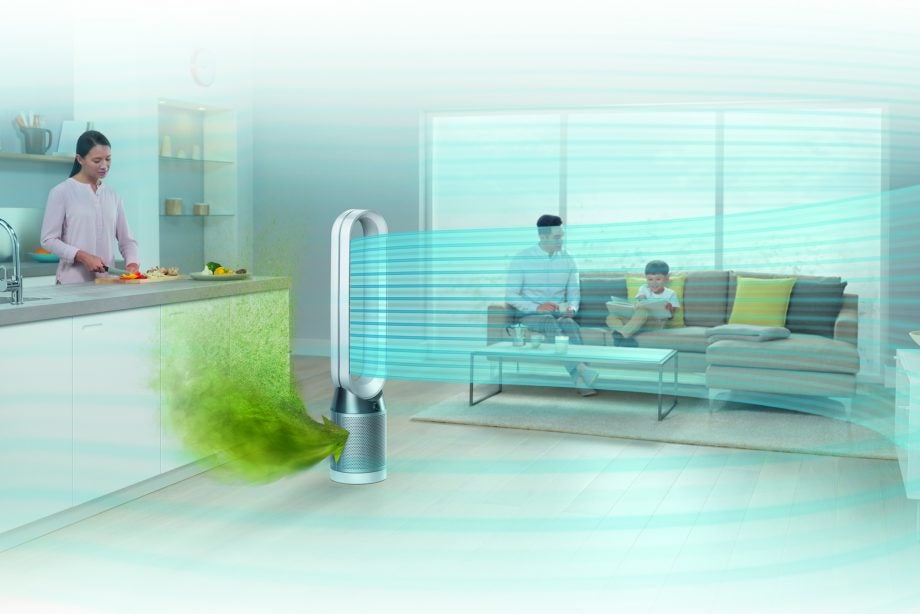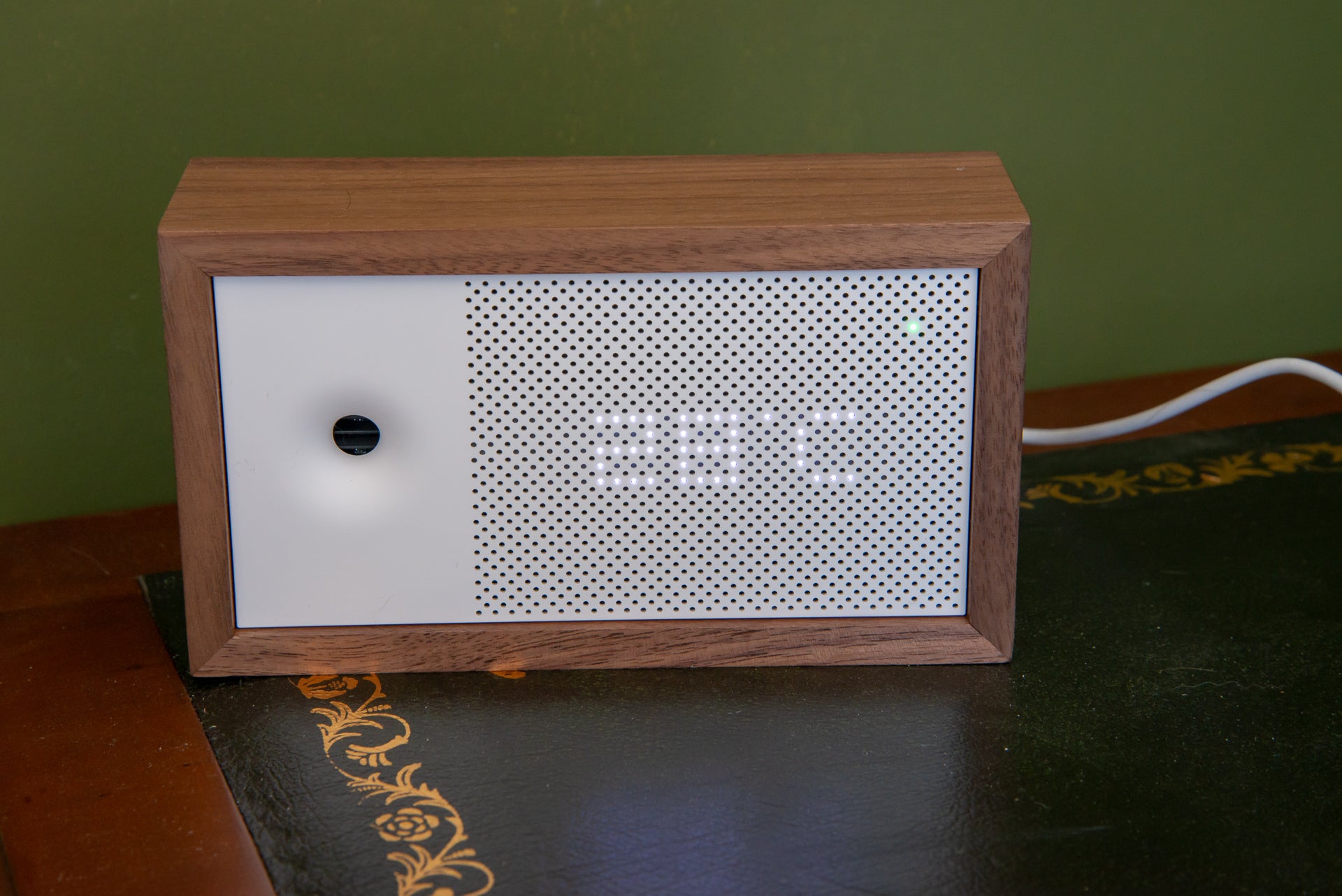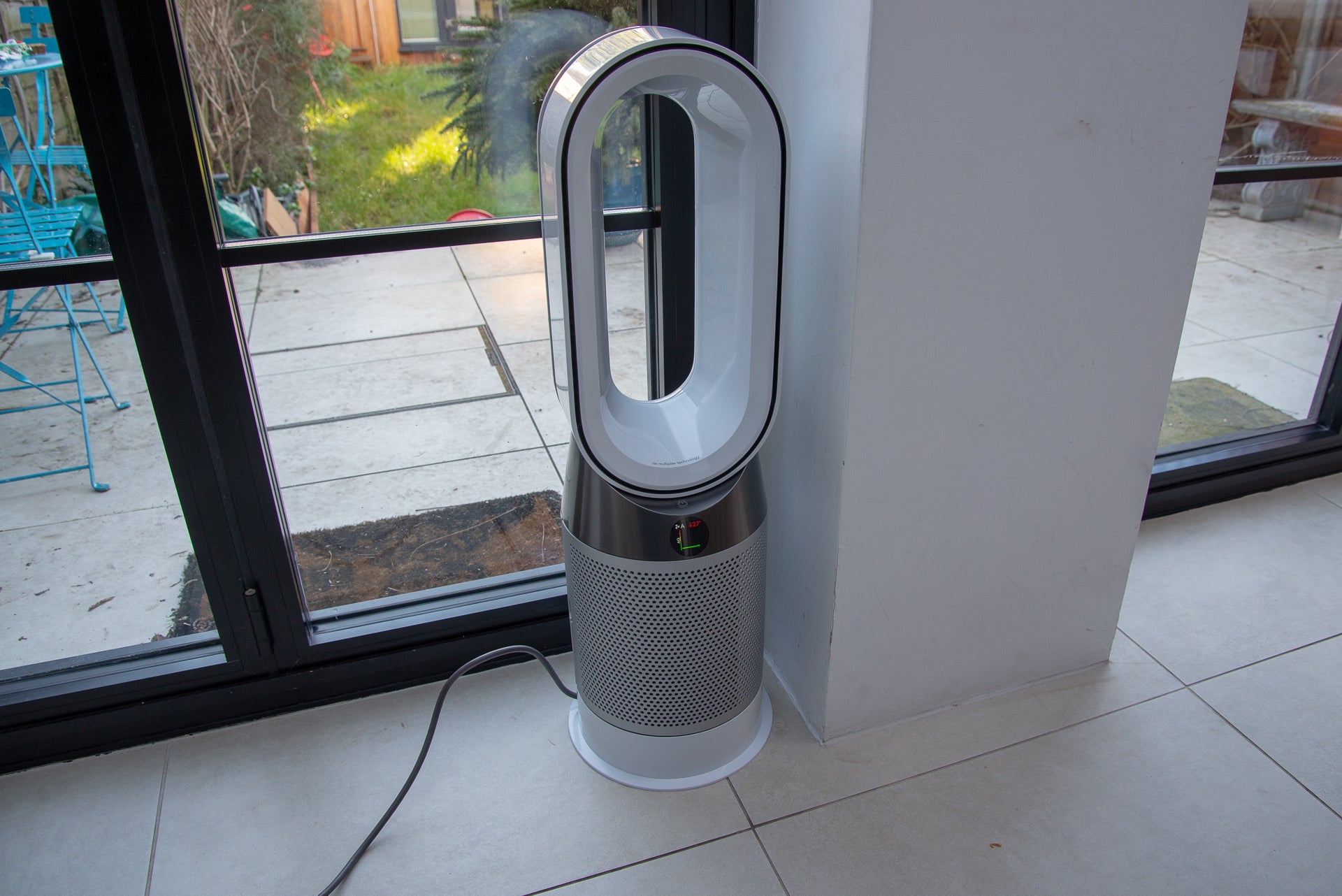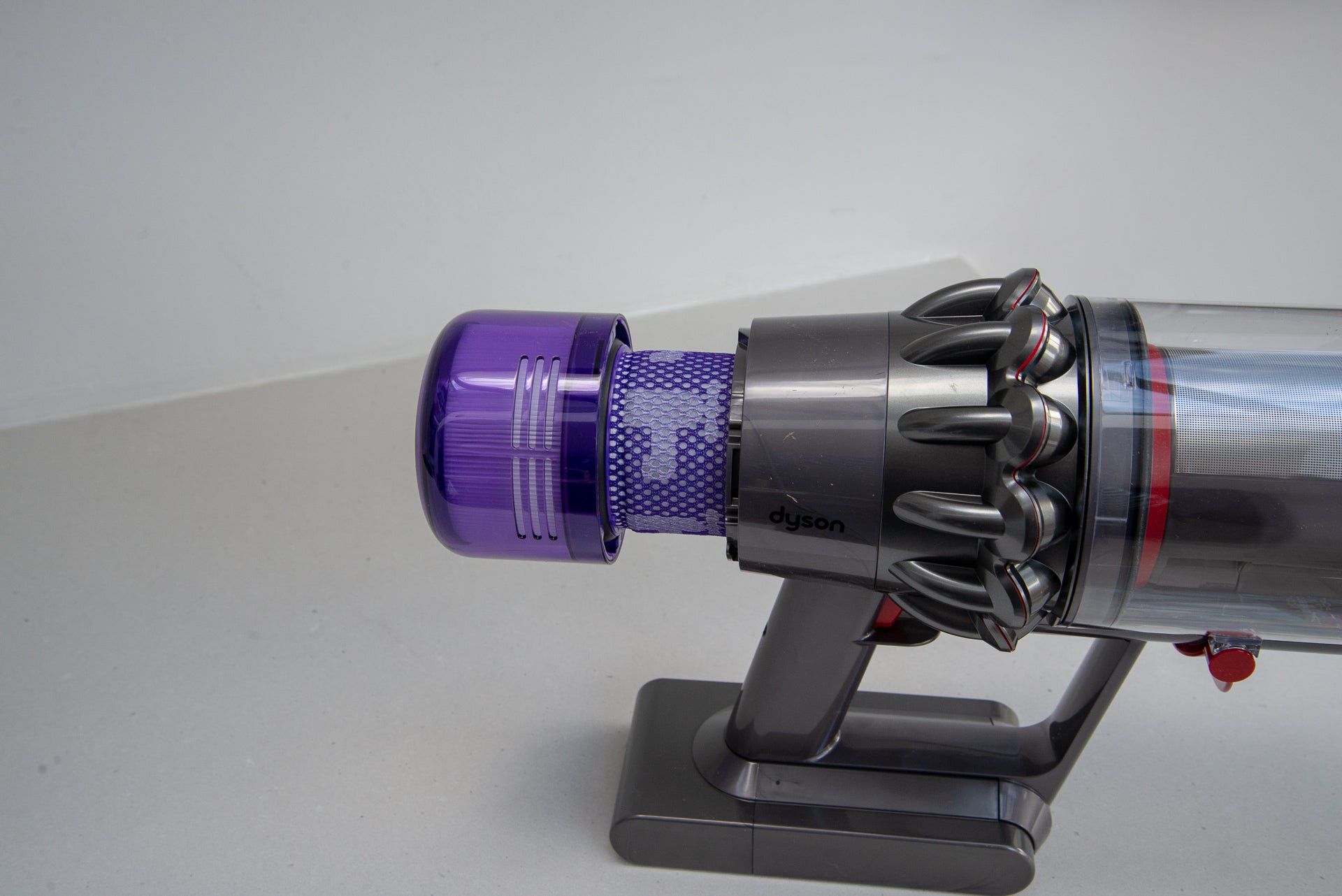How to improve indoor air quality for Clean Air Day

Today is Clean Air Day, designed to draw attention to our ever-more-polluted environment and promoting ways that we can help to reduce our impact, such as walking rather than driving where possible. The Clean Air Day website and campaign have some great tips to help us all cut our environmental impact, but you can also technology to help improve air quality at home.
While it’s easy to think that coming in and shutting our windows and doors locks us away from the pollution outside, this isn’t the case, and our homes can be some of the most polluted environments. Here are a few ways to improve the quality of the air that we breathe at home.
1. Use an air quality meter

An air quality meter, such as the excellent Foobot or Awair 2nd Edition monitor your home environment. They have different sensors for measuring different pollutants and environmental factors.
A particulate matter (PM) sensor detects the presence of fine particles, which can be anything from dust to pollen. A high PM count demonstrates the high presence of allergens in the air, which can cause breathing difficulties and other health issues. They can be dealt with using an air purifier (see next step).
Volatile Organic Compounds (VOCs) are harsh chemicals that can be found in everything from old furniture to harsh cleaning products and even things like hairsprays. The benefit of having an air quality meter is that you can see when VOC levels spike and what caused it. For example, if a particular hairspray caused the problem, you may decide to switch to an alternative brand.
Temperature and humidity sensors are useful for comfort, particularly the latter. With high humidity, you can get mould growth; low humidity can cause breathing and skin problems. Look to combat high humidity with a dehumidifier; while a humidifier improves your environment when there’s low humidity.
Finally, a CO2 sensor is useful for measuring Carbon Dioxide in the room. High levels can affect concentration and show that your air isn’t fresh. You can refresh the room by opening a window.
2. Check the outside pollution level before opening a window
Opening a window can be a natural way to refresh the air in your home, particularly where a room has high CO2 levels. However, before you open a window, you should consider the local environment. If you live on a busy road, opening a window during rush hour is likely to let in more pollutants than it releases.
There are a couple of handy online resources to help you see the air quality in your area. The UK DEFRA website has a pollution forecast, which will show you the current status and predicted status over the next few days. If you have hayfever, you can use the Met Office’s Pollen forecast tool.
If you have an air quality meter inside, you can check that when you open a window to see if you’re making the air better or worse.
3. Use an air purifier

Air purifiers, such as the excellent Dyson Pure Hot+Cool, are a great way to keep your air cleaner. They suck in dirty air, remove the impurities, such as particulate matter, and output fresh clean air. If you have someone that suffers from allergies, such as hayfever, then an air purifier can work wonders, removing the irritants before they’re inhaled.
Some air purifiers can also deal with VOCs, although not all models can, as it depends on the type of filter used. Our best air purifier guide explains more.
4. Use a fan
You may think of a fan as a way of cooling you down when you’re hot, but fans are also useful tools for circulating air around. If you open a window, a fan can help quickly circulate the air, refreshing it faster. Check out our best fans guide to find the perfect model.
5. Vacuum regularly

Vacuuming can remove pollutants and dust from your environment making your air cleaner and easier to deal with. A vacuum cleaner that has a HEPA filter, such as the Dyson V11, can trap small dust particles, preventing them from escaping or being blown into the air, circulating and exasperating issues for people with breathing problems. Check out our guide to the best cordless vacuum cleaners for more options.
Have you got any tips for making your home environment better? Let us know @TrustedReviews


